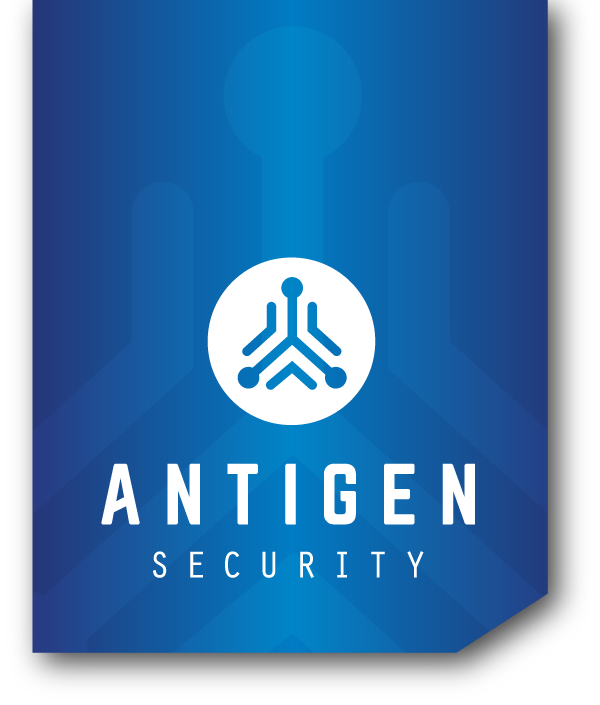How Government Agencies use Zero Trust Segmentation
Case Study: Enhancing Government Cybersecurity with Zero Trust Segmentation by Antigen Security
Background
Government agencies are increasingly targeted by cyber adversaries aiming to disrupt critical services, steal sensitive data, and undermine public trust. Recognizing the limitations of traditional perimeter-based defenses, many agencies are transitioning to Zero Trust Segmentation (ZTS) to strengthen their cybersecurity posture. Antigen Security, a leader in cybersecurity solutions, offers ZTS implementations tailored to the unique needs of government organizations.
Challenges Faced by Government Agencies
Government networks often consist of complex, hybrid environments with a mix of legacy systems and modern applications. These environments are susceptible to:
Limited Visibility: Siloed systems hinder comprehensive monitoring of network traffic and application dependencies.
Lateral Movement of Threats: Once inside the network, attackers can move laterally to access sensitive systems and data.
Compliance Pressures: Agencies must adhere to stringent cybersecurity frameworks, such as the CISA Zero Trust Maturity Model.
Resource Constraints: Limited budgets and personnel make it challenging to implement and manage robust security measures.
Antigen Security’s Zero Trust Segmentation Approach
Antigen Security addresses these challenges through a comprehensive ZTS strategy:
Enhanced Visibility: Provides real-time insights into all network traffic and application interactions, enabling agencies to identify and address vulnerabilities promptly.
Microsegmentation: Divides the network into secure segments, ensuring that even if a breach occurs, its impact is contained and cannot spread laterally.
Policy Simulation and Testing: Allows agencies to model security policies before deployment, reducing the risk of disruptions and ensuring effective protection.
Automated Response: Integrates with existing security tools to automate responses to detected threats, minimizing response times and reducing manual workloads.
Compliance Support: Aligns with federal cybersecurity mandates, assisting agencies in meeting regulatory requirements efficiently.
Outcomes and Benefits
By implementing Antigen Security’s ZTS solutions, government agencies have achieved:
Reduced Risk of Breaches: Limiting lateral movement significantly decreases the likelihood of widespread network compromises.
Improved Operational Resilience: Enhanced visibility and automated responses ensure that agencies can maintain critical functions even during cyber incidents.
Cost Savings: Preventing breaches and minimizing their impact reduces potential financial losses and resource expenditures associated with incident response.
Regulatory Compliance: Meeting cybersecurity standards helps avoid penalties and fosters trust among stakeholders.
Conclusion
Antigen Security’s Zero Trust Segmentation empowers government agencies to proactively defend against evolving cyber threats. By adopting a ZTS approach, agencies enhance their security posture, ensure compliance, and safeguard the services upon which citizens rely.
